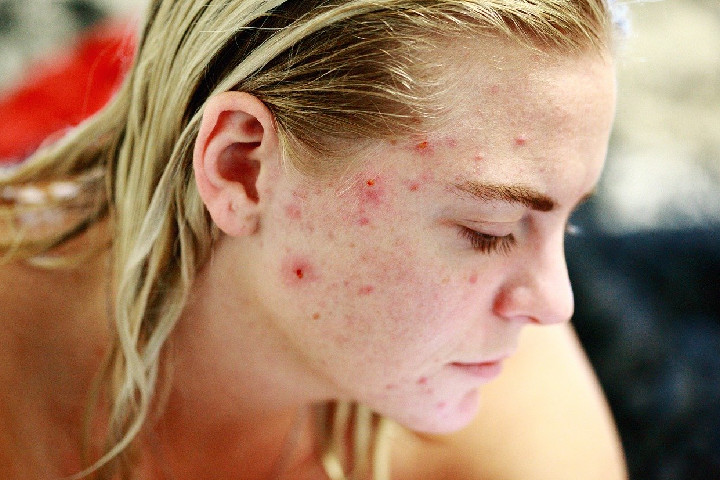Pimples: Not all are the same, nor do they appear for the same causes nor, of course, do they require the same treatment. We help you identify them and choose the best in each case.
Occasional or almost permanent, pimples are always unsightly. And they are not the heritage of adolescence: to a greater or lesser extent, 30% of women continue to have this problem after the age of 25.
Ending them is possible if you apply the appropriate treatment in each case.
Table of Contents
1. Comedones or Pimples
Also known as ‘pimples’, they are non-inflammatory lesions that appear when the pore is clogged due to the accumulation of sebum. They may be:
Closed, or white comedones, if the pore opening remains plugged.
Open, if the top is not obstructed. This can acquire a blackish color due to the accumulation of dirt, melanin and due to the oxidation of fat; and in this case, they are called ‘black dots’.
How to Treat Them
The most suitable cosmetics (cleansers, masks, serums, etc.) to combat them include several types of ingredients:
Exfoliants, such as hydroxy acids (glycolic, citric, lactic, or salicylic), which remove dead cells from the surface of the skin.
Sebum regulators. The most common are zinc and sabal extract.
A comedo that is handled excessively can become infected by acne bacteria (P. acnes) and turn into a papule.
Antiseptics, to stop the multiplication of the P. acnes bacteria that causes acne
Antioxidants, such as vitamin E, green tea, and rosemary.
Acidic vitamin A (or tretinoin) is, in the case of resistant comedones, the most effective active topically (gel or cream). It is applied at night, initially every 2-3 days until the skin adjusts, and then daily.
On the first days, you may notice that the area reddens and flakes, but from the third week, you will see improvement.
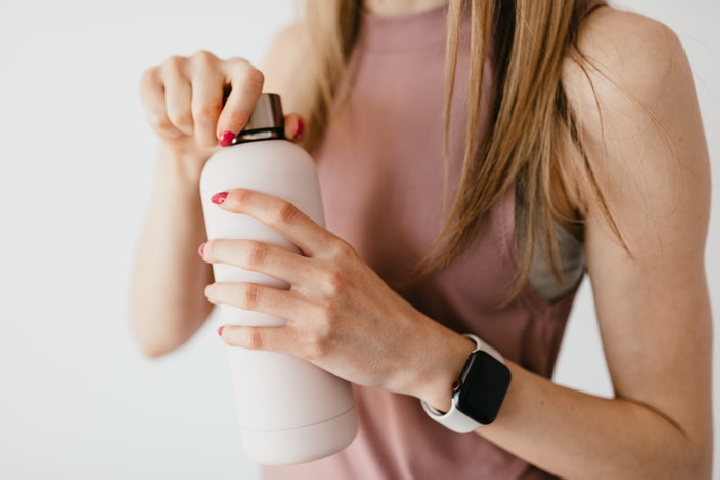
2. Pustules or Pimples of Pus
They are rounded lesions similar to a blister, filled with white or yellowish pus. The surrounding area is often reddish, swollen, and painful.
The most common cause is acne and folliculitis (inflammation of hair follicles) due to cystic hair.
How to Treat Them
It should be the dermatologist who decides the appropriate treatment, especially if the cause is acne since in this case antibiotics are usually administered in cream or orally (clindamycin, erythromycin).
Suitable cosmetics. Those with this type of skin should use anti-acne cleansers and moisturizers and sunscreen daily.
3. Papules Or Red and Painful Pimples
You will recognize them right away because they are reddish-colored, lumpy lesions, hard, and sometimes painful to touch. Unlike pustules, no visible pus is seen.
They are also caused by acne. Papules usually appear because the comedo is infected by the P. acnes bacteria, usually due to excessive handling.
How to Treat Them
In the same way as pustules, since the origin is also Acneic and both lesions usually appear together.
Precautions: Be aware that antibiotic lotions applied to the skin contain a high percentage of alcohol and leave the skin dry; so it must be rehydrated with oil-free and non-comedogenic products that do not provide fat.
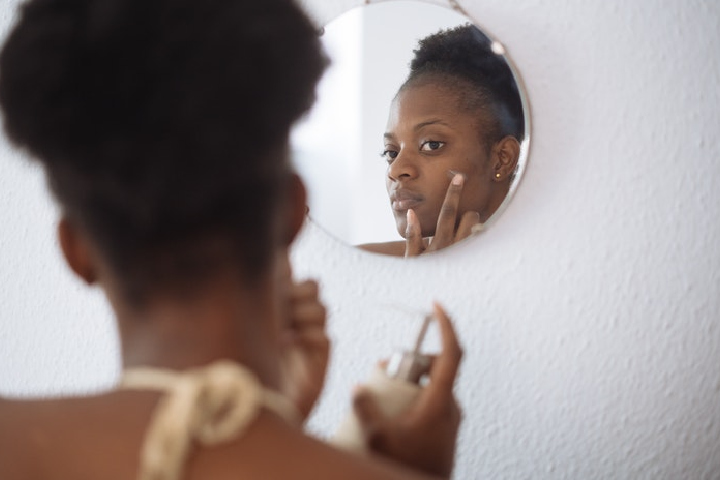
4. Cysts Or Lumps Under the Skin
These round bumps grow slowly and range in size from a few millimeters to 5 centimeters. They are located on the face but also on the neck, trunk, and groin. Cysts are generally white or yellowish, although they are sometimes hyperpigmented.
They are not severe but can be very painful and leave injuries if handled (brown spots or permanent scars).
They are more common in men, people who have had acne or who sunbathe a lot.
How to Treat Them
If cysts appear as consequences of acne (cystic acne), they are treated with an oral drug (isotretinoin). Of course, they require strict medical monitoring with monthly blood tests since this drug can have adverse effects (it is contraindicated in cases of diseases that affect the liver and kidney).
Other options are corticosteroid injections to reduce inflammation; incision in the cyst and drainage of the contents; and surgical removal, which requires stitches.
5. Milium, Milia … Or White Balls
Milium cysts are those tiny white “balls” that appear around the eyes (especially in the area of the dark circles), the cheeks, and, less frequently, on the forehead.
They are formed by the obstruction of the pores of the skin due to the accumulation of sebum and dead cells. They usually arise spontaneously, although this sometimes occurs after prolonged application of corticosteroids.
They do not give symptoms or produce pain when pressed.
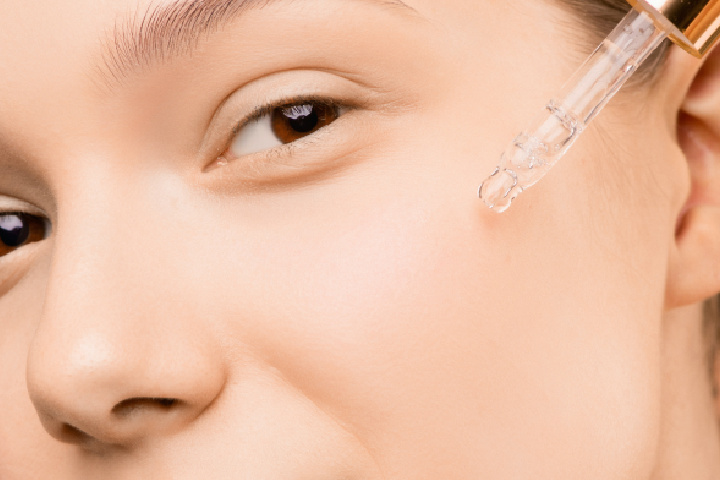
How to Treat Them
Milium cysts are only a cosmetic issue because they do not pose any health problems. To make them disappear, you should:
Exfoliate. Do it 2-3 times a week with a tiny granule cream. Massage it into the affected area gently to remove the skin’s surface layer and release clogged pores. When the cysts are completely gone, continue to exfoliate once a week, so they don’t re-form.
Purifying toner. Use after cleansing the skin. Prevents pores from clogging.
Eye contour with vitamin A (retinol and retinaldehyde). This active ingredient, in addition to being an excellent anti-wrinkle, promotes skin renewal and reduces the risk of milium cysts.
Professional extraction. Large or resistant ones to cosmetic treatment are removed with a sterile needle, laser, or electric scalpel.
6. Good Practice Manual
Hands off! They accumulate millions of microorganisms that, if you constantly touch the face, they pass to the skin and make the pimples worse.
Don’t pop pimples or any other type of pimple. You can cause an infection or a wound that turns into a permanent mark or stain after a while.
Very smooth gestures. Brisk rubbing, pressing on the area, or scratching the pimples will only make the infection spread and your skin will be irritated and look worse.
Visit a dermatologist to diagnose the pimples’ cause and prescribe the appropriate treatment. If you don’t take action, they can get worse.
It is Better Prevent…
If you have oily and acne-prone skin
Clay mask. Your skin tends to accumulate dead cells (called hyperkeratosis) and clogs pores. Use this type of mask or scrub with micro granules 1-2 times a week.
Clay masks regulate excess oil and purify the skin
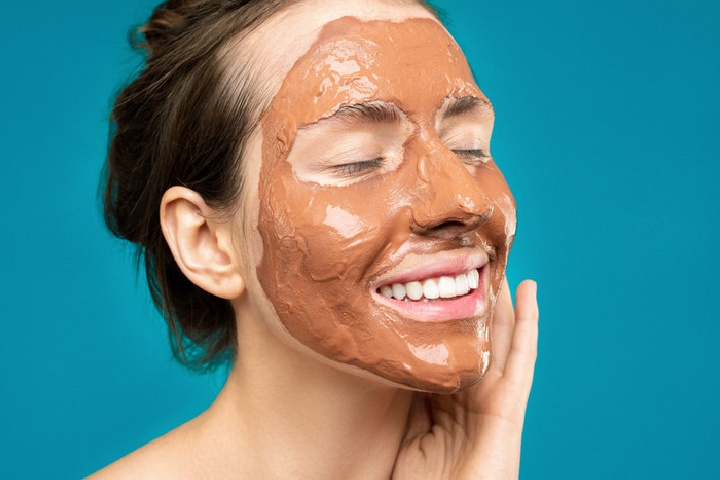
Regulates excess oil without dehydrating the skin. To clean it, use a sulfate-free foaming gel or alcohol-free micellar water. In the morning, apply an oil-free sebum-regulating and sunscreen cream.
Remember: refined flours and sugar activate the production of androgens and sebum and aggravate acne.
Specific hydration. Treatments for pimples dry out the skin, so you need extra hydration but with non-comedogenic products.
Oily skin is more prone to comedones.

